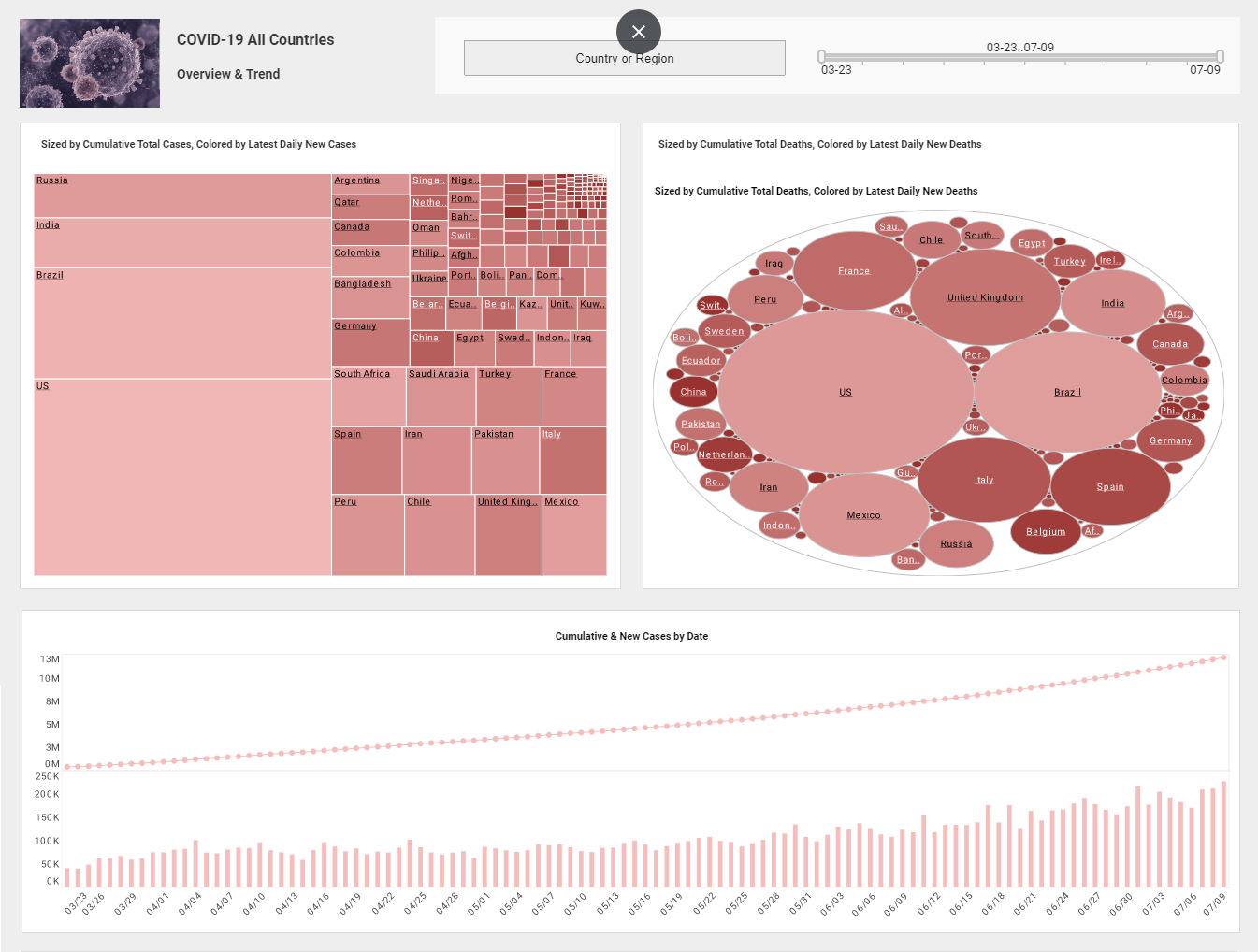InetSoft Webinar: Changes in the Delivery of Business Intelligence
This is the continuation of the transcript of a Webinar hosted by InetSoft on the topic of "Agile BI Best Practices" The speaker is Mark Flaherty, CMO at InetSoft.
So while the survey is getting filled up, we are going to talk more about the end-users of business intelligence and some of the viewpoints on that. There are fundamental changes in the delivery of business intelligence. Instead of structured decision making, there is much more autonomous decision making, and instead of controlled and qualified access, it's open unqualified access.
At the same time, these development techniques are enabling faster more iterative BI. There is a move to creating more empowerment of business people. You can call it “information democracy” where the user has a lot more ability to interact and explore than ever before. And underneath that there are four-key driving technologies that get mentioned.
Higher CPU speeds and cheaper memory has helped the field of data management by enabling this kind of flexibility and access to tons of information that you can explore. Data visualization has enabled people to see and understand the data in ways never before, and if it’s interactive, it becomes the query tool to go back and drill in and slice and dice in ways that are just much easier than trying to do traditional queries on a database or whatnot.
| #1 Ranking: Read how InetSoft was rated #1 for user adoption in G2's user survey-based index | Read More |
In addition social software is creating all kinds of new information and relationships. Interesting areas come up, and there is a ton of information that’s now being collected that wasn’t available just a few years ago. Search is another technology that gets mentioned a lot, the ability to find things both in numeric and also textual data. Comments, there is a ton of information that if it’s put in a form where you can easily search it, it can be key to creating new insight and knowledge.
The survey results came and it looks like 18% are business users, 35% is management and 66% is IT. So there is a good mix. Also there is a balance between the technical side and as we go into the end user side.
I would add that the true best practices for enterprise software development and support don’t work for business intelligence. The unique BI requirements include less reliance on the traditional software development cycle and project planning and more emphasis on reacting to the constant change of business requirements. This is different than an order entry system or a sourcing or scheduling system.
This is something that’s more dynamic and requires more end-user input to define and work correctly. Earlier-generation BI solutions are less effective because they often put IT in charge, remain IT centric, continue to be mostly project-based, and focus too much on functional reporting but ignore the data.
So as we look at the business intelligence market, organizations have much more of a collaboration between end users and IT. They are much more together than in the past. What happened is business intelligence was largely focused on management. They’re the buyers. They’re the key users. They tend to get operational reports and scorecards and dashboards. They need to see information at a glance where they can make a decision.
 |
Read the top 10 reasons for selecting InetSoft as your BI partner. |
But the staff down under them will need to slice and dice the data, look at trends to make decisions. They don’t just need the summaries at high level. They actually need the detail. And reports, scorecards, and dashboards fall short if they are only summarized data, and you can't get down to the specific transactions.
To go back to IT and ask for that detail is time consuming and difficult to implement and consumes a lot of core IT resources, and hence the key staff are largely unsupported. And then when they go to IT for such reporting, for custom reports, what often happens is they ask a question which is somewhat hard to interpret. So some information comes back, but it takes a while and at best, it might be the right data or might cause another question which goes back to the loop and then it becomes hard to work with.
| Previous: Contrast with the Traditional ETL and Data Warehouse Only Model | Next: Agile BI Responding to Cycle of Pain |


